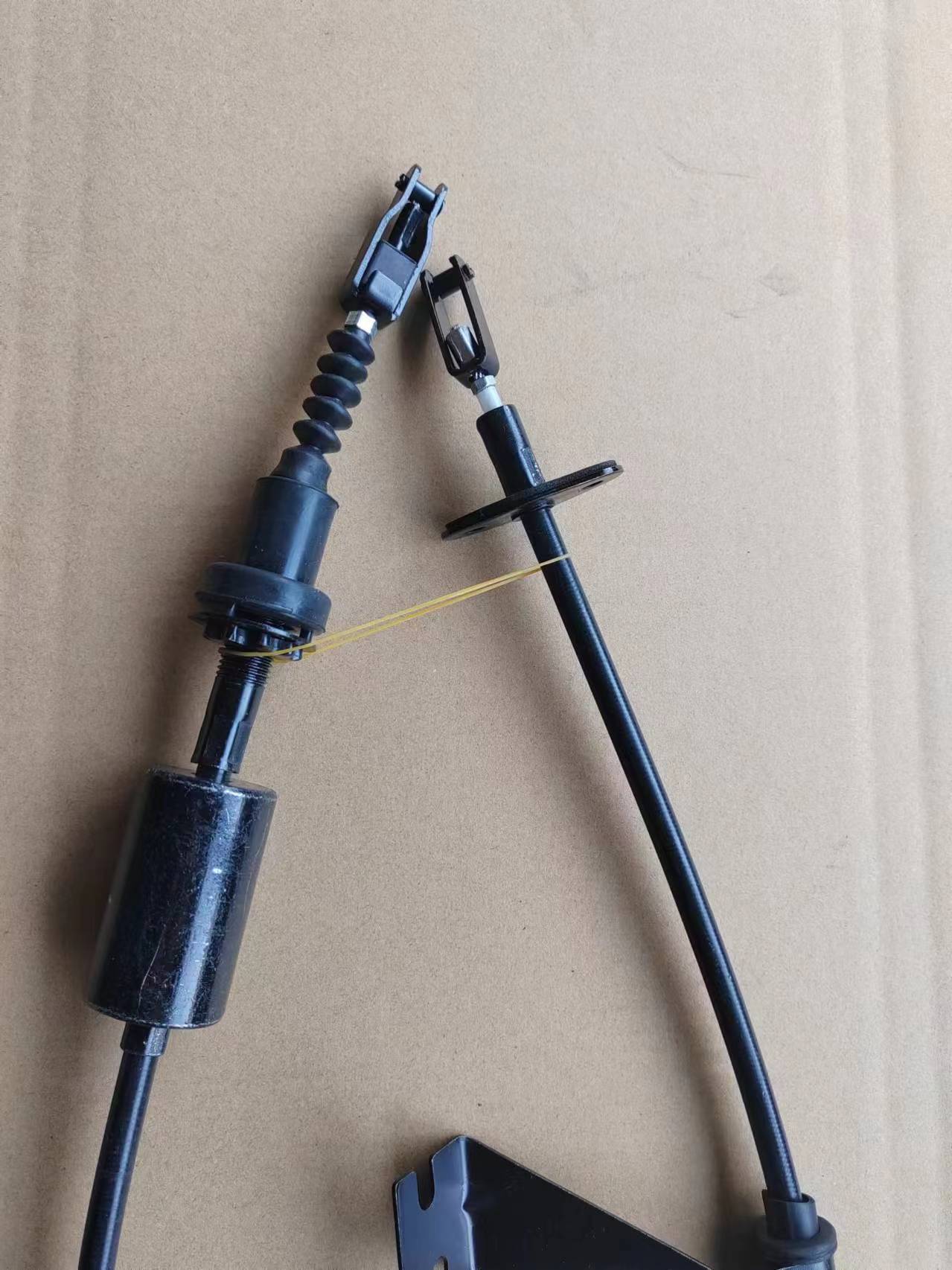throttle control cable
Understanding Throttle Control Cables Function and Importance
Throttle control cables are essential components in numerous machinery and vehicles, providing a seamless connection between the throttle pedal and the engine’s throttle mechanism. These cables play a critical role in controlling the speed of the engine and, by extension, the overall performance of the vehicle or equipment in which they are installed. Understanding how they function and their importance can provide insights into the maintenance and operation of many types of machines.
At its core, a throttle control cable works on a simple principle when the driver or operator presses the throttle pedal, the cable transmits this motion to the throttle body of the engine. This action opens the throttle valve, allowing more air and fuel mixture to enter the engine, resulting in increased power output. Conversely, when the throttle is released, the cable allows the throttle valve to close, reducing the power and speed. This straightforward mechanism is crucial for the smooth operation of internal combustion engines in vehicles and other equipment.
One of the key benefits of throttle control cables is their responsiveness
. They provide instant feedback, allowing for precise control over acceleration. This responsiveness is critical in both daily driving situations and high-performance applications, where quick adjustments can mean the difference between optimal performance and engine stalling. The reliability of the throttle cable system significantly affects the driver’s experience, impacting factors such as fuel efficiency, acceleration, and overall handling.throttle control cable

Maintenance of throttle control cables is vital for ensuring continued smooth operation. Over time, these cables can wear out due to factors such as friction, exposure to contaminants, and temperature fluctuations. A common indication of a failing cable is a stiff or unresponsive throttle pedal, which can lead to unsafe driving conditions. Regular inspections can help identify issues early, allowing for timely replacements before they lead to more severe engine performance problems. Simple adjustments can also prolong the life of the cable, ensuring that it remains properly tensioned and free from unnecessary wear.
Different types of throttle control cables may be used depending on the application. For instance, in automotive vehicles, you may encounter both mechanical and electronic throttle control systems. Mechanical systems typically rely on a traditional cable setup, while newer vehicles may utilize electronic throttle control, which replaces the traditional cable with sensors and actuators. Each type has its advantages, with electronic systems often providing better fuel efficiency and reduced emissions. However, traditional mechanical systems are often praised for their simplicity and ease of repair.
In summary, throttle control cables are crucial for the effective operation of engines in vehicles and machinery. They ensure that drivers can accurately control the speed and performance of their machines. Regular maintenance and timely replacements of faulty cables can enhance safety, improve efficiency, and prolong the lifespan of engines. As technology evolves, understanding the role of throttle control cables remains essential for anyone involved in automotive or machinery operation and maintenance.
-
Workings of Clutch Pipe and Hose SystemsNewsJun.04,2025
-
The Inner Workings of Hand Brake Cable SystemsNewsJun.04,2025
-
The Secrets of Throttle and Accelerator CablesNewsJun.04,2025
-
The Hidden Lifeline of Your Transmission Gear Shift CablesNewsJun.04,2025
-
Demystifying Gear Cables and Shift LinkagesNewsJun.04,2025
-
Decoding Clutch Line Systems A Comprehensive GuideNewsJun.04,2025
